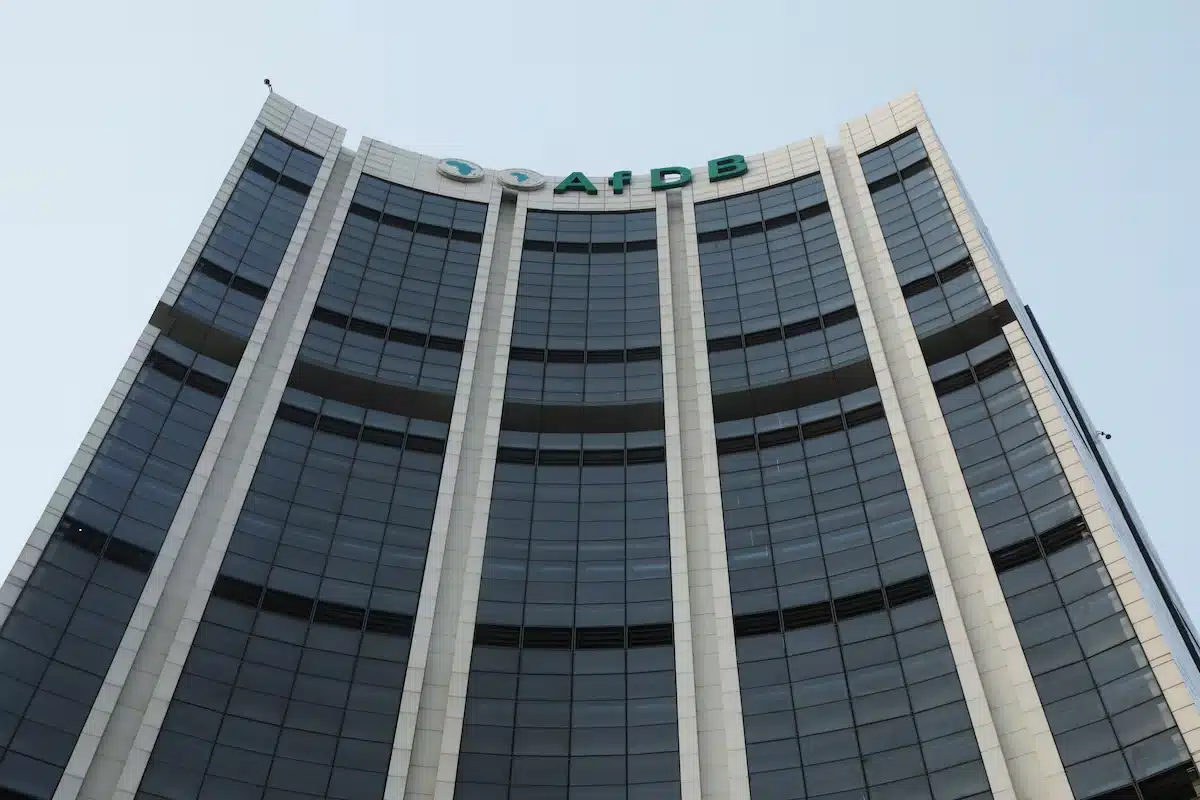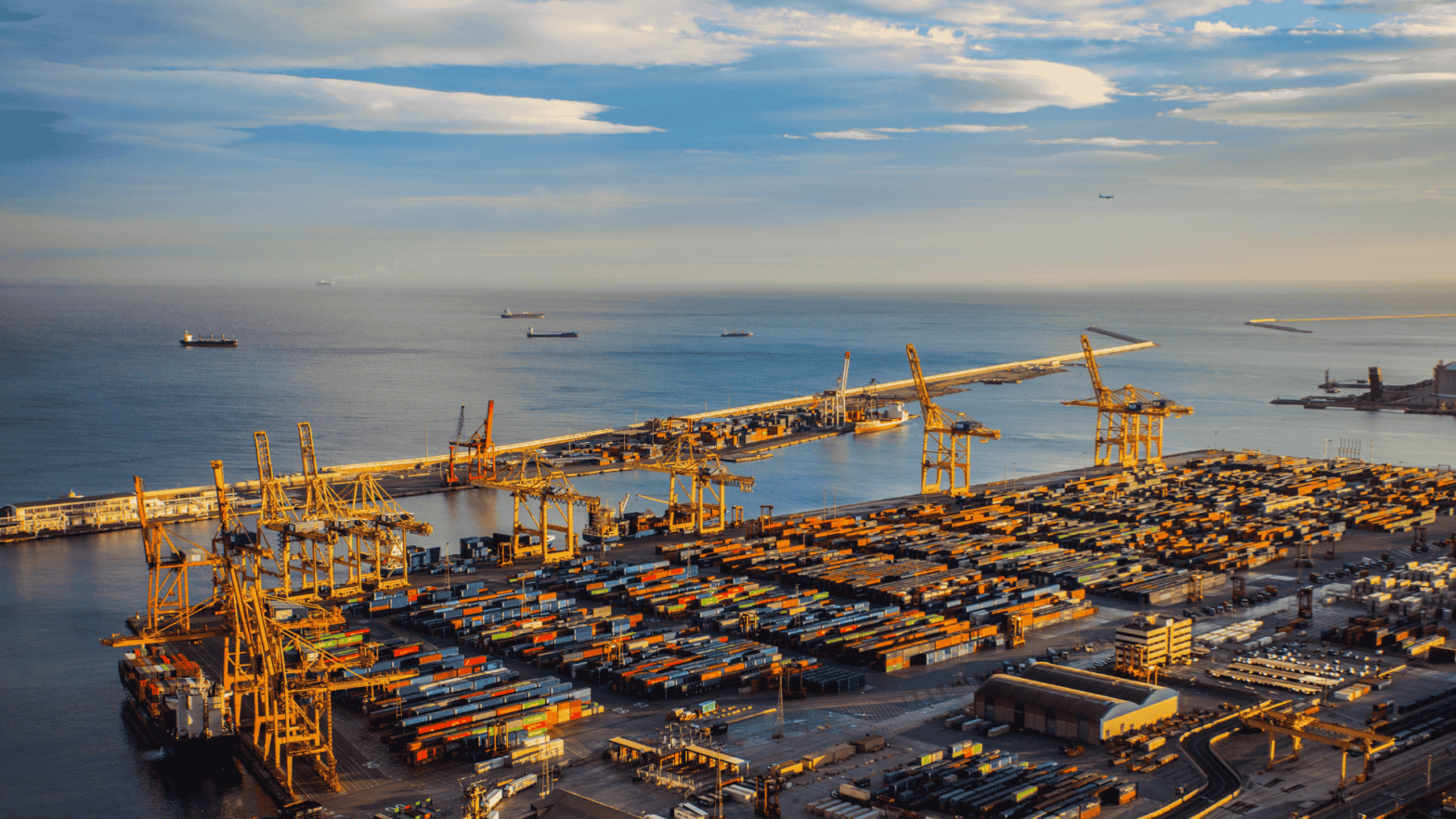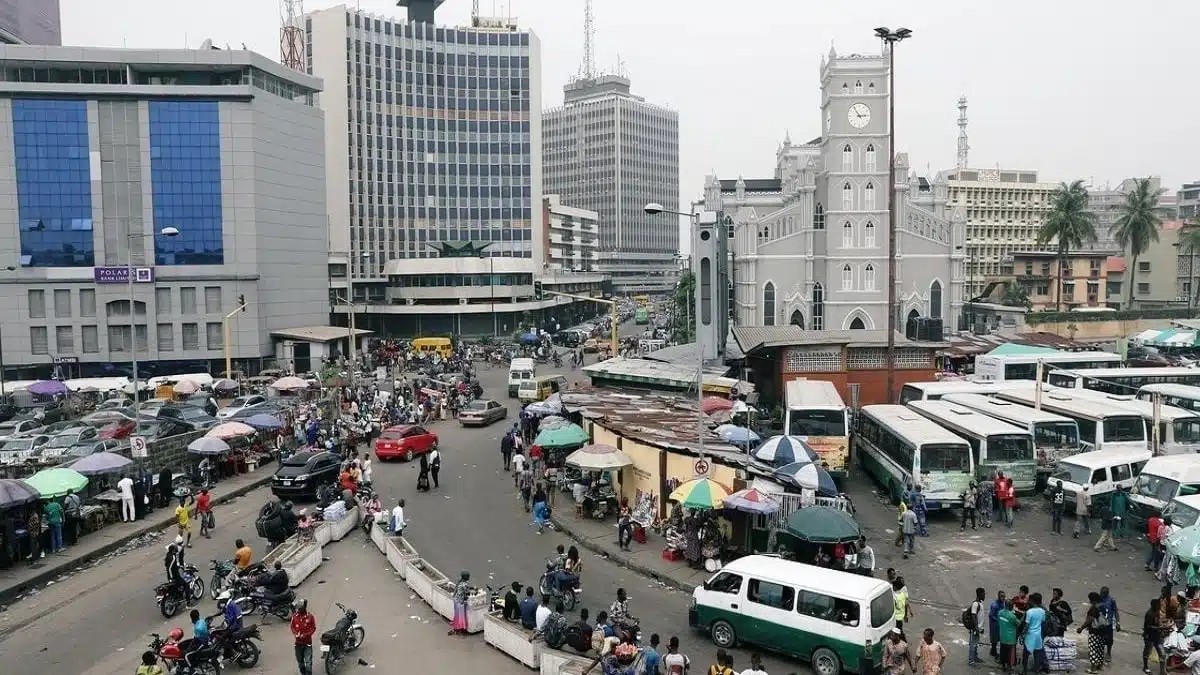The Bank of Namibia (BoN) has slashed its benchmark interest rate by 25 basis points to 6.75%, marking its fourth consecutive cut as inflationary pressures ease.
BoN governor, Johannes !Gawaxab, announced the decision during a press briefing in Windhoek on Wednesday, citing contained inflation and slow economic growth.
Namibia’s annual inflation rate fell to 3.2% in January 2025, down from 5.4% in January 2024, according to data from the Namibia Statistics Agency (NSA). However, on a monthly basis, inflation rose by 1.1% in January, compared to a 0.2% increase in December 2024.
The latest rate cut mirrors South Africa’s reduction last month, a move influenced by Namibia’s currency peg to the South African rand.
Given this link, the BoN often aligns its monetary policy with the South African Reserve Bank.
Explaining the rationale behind the decision, !Gawaxab said, “the committee considered the contained nature of inflation and its projected well-contained trajectory over the medium term.”
He added that, “the decision also took into account the relatively high level of domestic real interest rates and the adequate level of foreign reserves.”
Despite monetary policy easing, Namibia’s economic outlook faces rising uncertainty due to escalating tensions between the United States and South Africa.
The diplomatic strain stems from a U.S. executive order signed by President Donald Trump on February 7, freezing all aid to South Africa over alleged human rights violations tied to a land expropriation law.
The situation is further complicated by South Africa’s case at the International Court of Justice, accusing Israel of genocide in Gaza, a move that the U.S. strongly opposes.
Since Namibia’s currency is pegged to the rand, any adverse impact on South Africa’s economy could spill over into Namibia.
“Our currency is pegged to the South African rand, so any impact on the rand will directly affect us,” !Gawaxab said. “It’s too early to tell what the full implications will be, but we need to monitor the situation closely.”
The bank’s Monetary Policy Committee is also keeping an eye on the policy rate gap between the two African nations. While the apex bank has cut rates, it remains mindful of maintaining an optimal balance with its anchor country.
“The MPC remains cognizant of the margin between policy rates in Namibia and South Africa and will aim to gradually narrow the differential over the medium term,” !Gawaxab said.
This suggests that further rate cuts may be measured, with the central bank weighing inflation trends, currency stability, and regional economic conditions before making additional adjustments.
The apex bank maintained its inflation projection at 4% for 2025 but revised its 2026 forecast upward to 4.4%, factoring in exchange rate risks.
Meanwhile, the economy is expected to grow by 4% in 2025, up from the 3.5% forecasted last year.
On the external front, international reserves rose to N$65 billion ($3.5 billion) in January, up from N$60.9 billion ($3.3 billion) in October, ensuring adequate coverage for foreign obligations and currency stability.
However, Namibia’s trade balance deteriorated in 2024, with the country’s trade deficit expanding to N$42 billion ($2.7 billion), a sharp rise from N$31 billion ($1.7 billion) in 2023. The growing deficit is primarily driven by increased imports of consumer goods, machinery, and base metals, alongside declining export earnings from key resources like diamonds and uranium.
“The deterioration of the merchandise trade deficit is largely driven by increased import payments and lower export earnings, notably from key exports such as diamonds and uranium,” !Gawaxab said.
He emphasized that, “The trade deficit has been further amplified by increased imports, especially in consumer goods and machinery. This trend underscores the structural challenges Namibia faces in reducing its trade imbalance.”
Furthermore, the central bank pledged to continue to monitor the impacts of the widening trade deficits on foreign reserves and economic stability.






